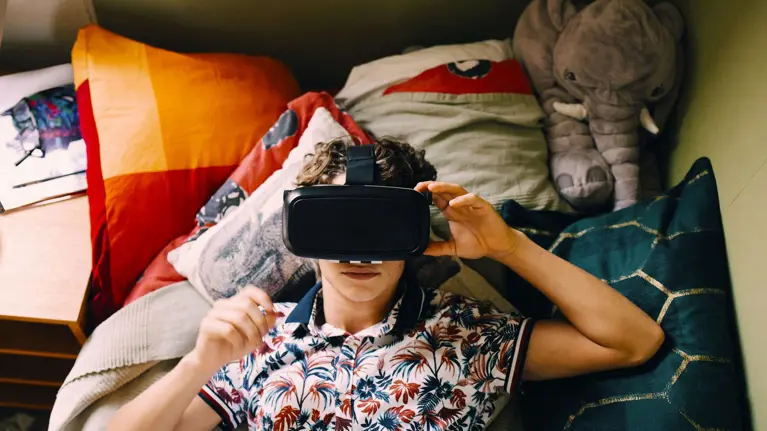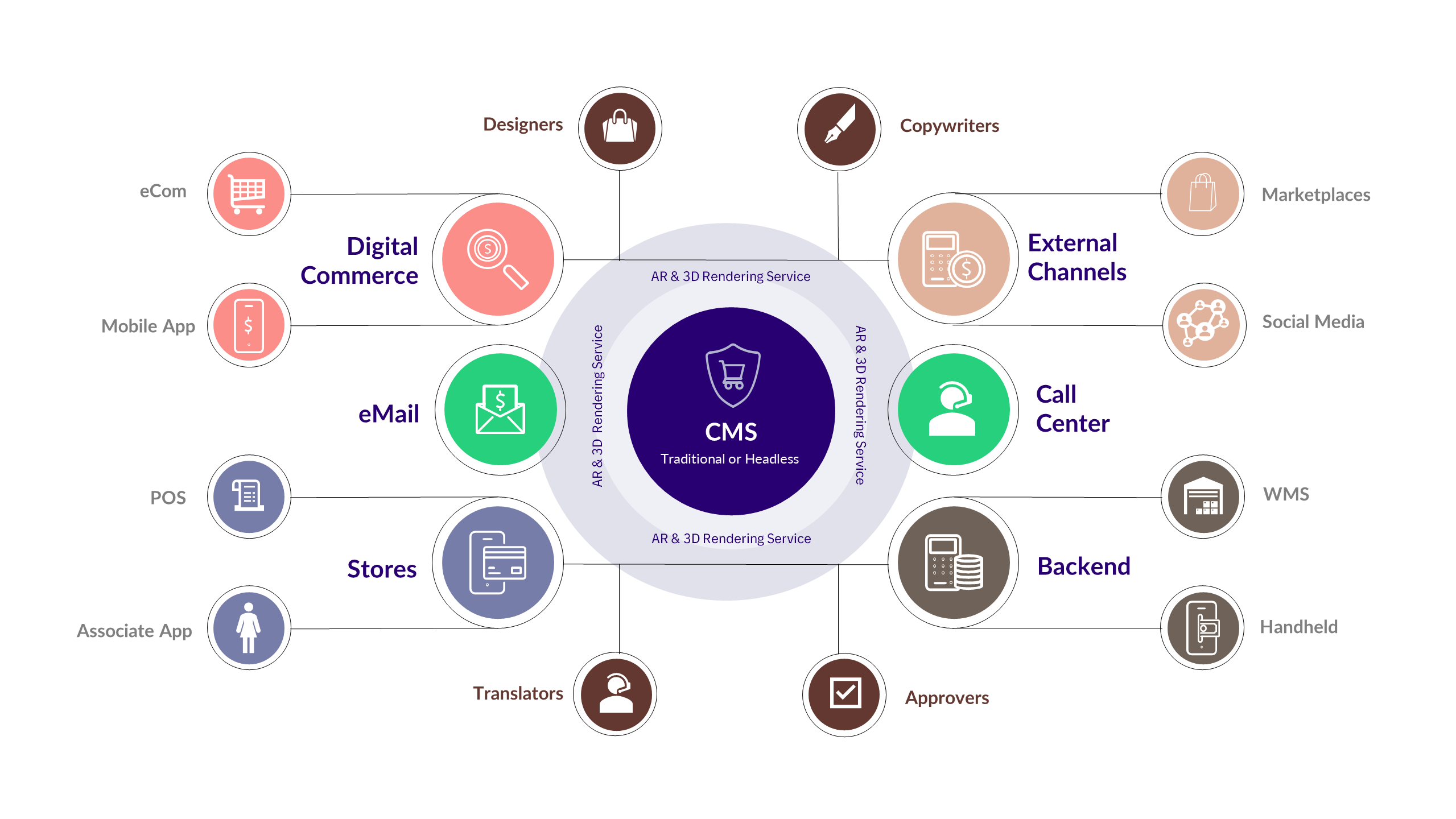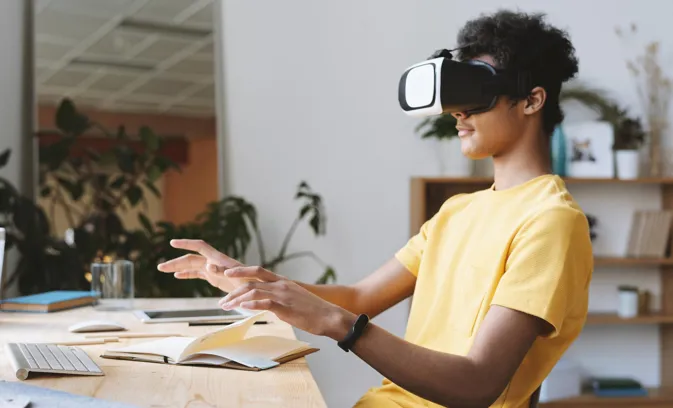
Transformation of Content in Retail Industry using AR and VR
The emergence of intelligent content in AR and VR supported Retail Industry
Content touch points in AR and 3-Dimensional Rendering services in the Retail ecosystem
Digital transformation continues to be the theme of every industry and every product in today's time and age. There is a lot of talk about intelligent content and the immersive experience it provides to the users of the Retail Industry. Retailers are exploring a variety of initiatives from an experience-through-content standpoint.
Luxury brands are luring their customers into their latest collection's virtual and fantastic universe. Some allow customers to create avatars and overlay their catalogs, while others enable virtual try-on. In addition, some explore augmented reality for specific item categories, while others try 3-Dimensional rendering, aiming for an immersive experience. In summary, many new AR technologies are being experimented with in various ways.
A large body of evidence indicates that these technologies are here to stay and are already providing their share of return on experience to the early adopters. So far, however, only a few retailers have considered AR technology a game changer and made it a primary theme of their transformation strategy.
Retailers willing to try aren't considering AR to comprehensively change the retail experience they provide to the end customer. They are considering just a 3-Dimensional rendering on the product detail page or AR for a category of items. Invariably, the experience becomes patchy, and the real impact is diluted to a great extent. This situation may be similar to when the retail customer forced retailers to merge the online and the offline, leading to BOPIS, SFS, STH, and OFS models.
In this blog, I share a simple and elegant way to adopt these technologies as a central theme of transformation. I will propose a way to make AR an inherent part of every facet of the retail business, from e-Com to warehouse to graphics designers to copywriters to personnel processing returns.
Content touch points in AR and 3-Dimensional Rendering services
The following illustration showcases a simple 3-Dimensional rendering service that wraps around a traditional or headless content management system and can deliver immersive content to everyone in the retail ecosystem.

Digital Commerce: Clicks ridden browse-through-checkout journey on the product list page and detailed product page will now be transformed into an explorative exercise. Because the customer, instead of clicking on various images to understand different angles of the product, is now rotating the image via a single click, and effortlessly exploring it.
External Channels: On external channels such as marketplaces and social media, these images become influencers drawing old and new customers alike to explore, buy and subscribe to the digital touchpoints.
Email: Email communications are no longer a bearer of static images. With a tap away, any mobile device can transport a consumer to the world of immersive technologies.
Physical Stores: The customer and associate interactions at physical stores become more interactive, where they might explore color variants, alternatives, and complimenting items more effectively; ergo, higher conversion rates, cross-selling, and up-selling.
Call Centers: Customers turn to call centers for assistance when an unusual situation arises—from wrong sizes and mismatched colors to damages to rejections, returns, or exchanges. All of this encourages contacting customer service, starting returns, etc.; however, these actions depend on content creation in the form of quality control, requiring that someone scan the item and take a picture of it and attach it as an audit trail to the order before starting a refund or contacting the customer further. Many stages can be consolidated into one for a quicker refund and a better experience if 3-D and AR enter this market.
Backend: The same applies to the warehouse personnel who are liaising with a multitude of interfaces with Call Center personnel waiting on customers to take a call on these exception scenarios. Warehouse personnel includes the team processing the returns, the put-away team checking the inventory back to the pool, or the logistics team recording the reason for return/rejection/exchange.
Content producers, including designers, translators, and copywriters, can engage in creating enriching content that is more relatable, visually appealing, and descriptive such that the customer has no further questions inhibiting her decision to buy. It also encourages content producers to think about innovative ways to engage the customer with item compositions, ensemble promotions, banners, and landing pages, which will lead to ripple effects in sales.
Imagine a virtual world that is created on-demand when all the parties involved are notified to join; they join and get into a conversation and resolve the issue. The possibilities are limitless! These solutions exist as a simple SAAS offering that can render experiences seamlessly by wrapping around your content management system.
In essence, AR and VR will change the retail paradigm forever, and retailers must make this a key part of their transformation strategy. Now? No! Yesterday.




